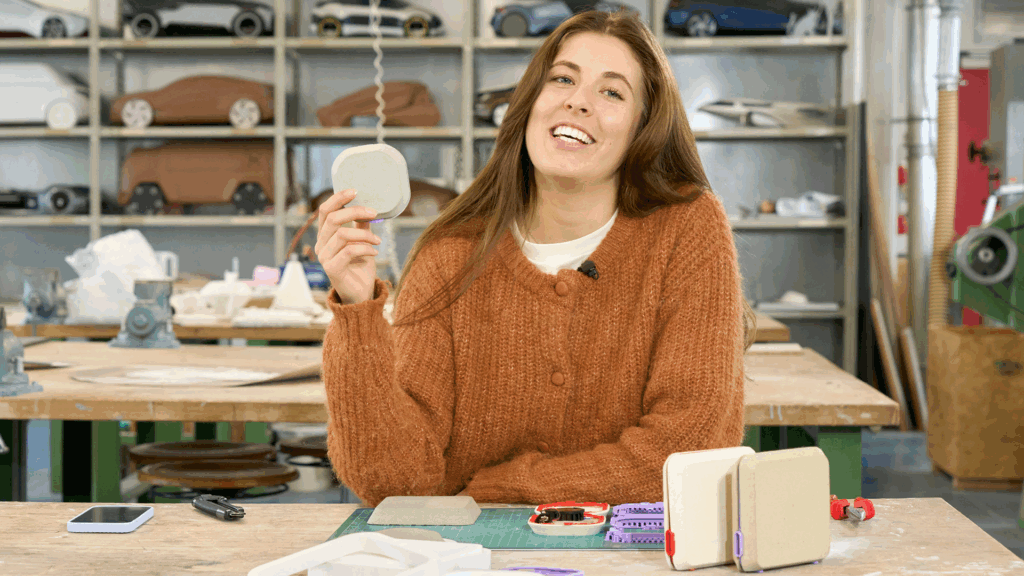Electronic waste grows at a faster rate every year, often because devices are made with materials that are difficult to recycle. Austrian industrial designer Franziska Kerber addresses this issue by creating PAPE, a sustainable, paper-based alternative to plastic casings for small electronics. Her innovation promises to revolutionize recycling and reduce e-waste dramatically.
What’s Happening & Why This Matters
Kerber, recognized as a 2025 Young Inventors Prize winner by the European Patent Office, designed PAPE from unused paper fibres to be durable, biodegradable, and easy to recycle. Unlike traditional plastics and fiberglass, which trap valuable electronic components, PAPE dissolves in a controlled manner. This process enables manufacturers to recover components without the need for shredding or chemicals.
She explains, “Electronic waste is the fastest-growing waste stream worldwide, and most products aren’t made for recycling.” Her goal was to build a product that fits into a circular economy, allowing full material recovery rather than shifting waste elsewhere.
Kerber’s inspiration comes partly from her father, a physicist and inventor who introduced her to dissolvable electronics at an early age. While studying industrial design at FH Joanneum, she realized that recycling just one component isn’t enough. “The whole design has to evolve,” she said, “otherwise we just move the problem.”

To create PAPE, Kerber tested compressed paper fibres for heat resistance, airflow, and strength. The result is a casing ideal for devices like WiFi routers and smoke detectors, which are common but poorly recycled.
Kerber hopes consumers will soon choose devices with PAPE casings because they combine sustainability with appealing design. She states, “When people decide on a new WiFi router, I want them to think about PAPE as the better option.”
Currently, Kerber collaborates with startups and companies developing recyclable printed circuit boards (PCBs) to bring PAPE to market. This partnership aims to push the electronics industry toward genuinely circular and sustainable products.
Her work aligns with the United Nations Sustainable Development Goals, specifically SDG 9 (Industry, Innovation, and Infrastructure) and SDG 11 (Sustainable Cities and Communities), demonstrating how thoughtful design can reduce waste and help shape a greener future.
TF Summary: What’s Next
Franziska Kerber’s paper-based casing, PAPE, offers a bold new path for electronics sustainability. By enabling easier recycling and biodegradability, PAPE could transform e-waste management for standard devices.
As Kerber and its partners advance toward market launch, the consumer electronics industry may shift toward circular design, which reduces environmental impact and supports innovation.
— Text-to-Speech (TTS) provided by gspeech


